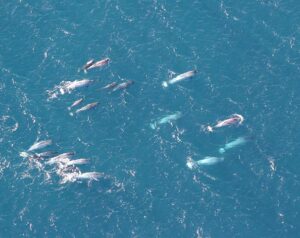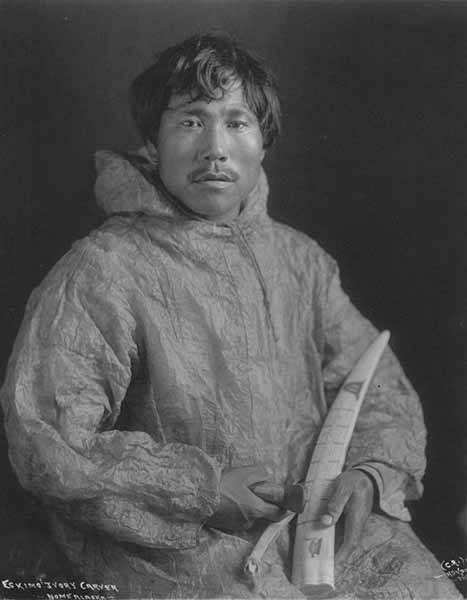UK’s Ivory Act 2018 expanded to hippo, sperm whale, narwhal, orca and walrus

A pod of narwhals (Monodon monoceros) off Greenland, 2016, photo by Dr. Kristin Laidre, Polar Science Center, UW NOAA/OAR/OER.
Ivory from hippos, sperm whales, narwhals, orcas and walruses will be added to the UK’s highly restrictive Ivory Act 2018 if an extension of the Act is passed by Parliament, as many expect. The Department for Environment, Food and Rural Affairs (Defra) and UK ministers took action to approve the extension on May 23, 2023, despite data showing that these animals are not under threat for poaching for their ivory and that the trade within the UK is focused on antiques only.
Pro-extension publications by environmental organizations typically skirt the fact that an unlawful trade in hippo teeth continues to reach Asian markets directly from African nations that have resisted making trade in new hippo ivory unlawful. Lacking a factual argument tying any UK trade to illegal activity, they rely on a projection of moral urgency to drive the UK government to prohibit all trade, whether it is effective in preserving threatened species or not. These activists also appear unaware that there is only a very limited, but highly documented trade in Arctic marine mammals, which are hunted primarily for food and use in traditional crafts by indigenous peoples. That same detailed documentation makes clear that the UK is not an import market for new marine ivory at all.
There is no data indicating that the limited, permitted Arctic hunting that takes place today is a threat to the survival of any of the species listed in the proposed extension of the Ivory Act. Marine mammal hunts are highly regulated and documented in the countries concerned: the U.S., Canada, Greenland, Russia and the Scandinavian countries.

Kingikmiut Eskimos paddling an umiak, a boat made of animal skins, during a whale hunt, Bering Strait, Cape Prince of Wales, Alaska, between 1901 and 1906, Silver gelatin print, Photo by Susan R. Bernardi, University of Washington Special Collections.
For example, only Inuit are permitted to hunt narwhals in Canada and Greenland; communities are set a quota of from five to 50 animals. The Inuit communities in Canada use only 73-88% of the quota of hunted narwhal they are allowed each year. Narwhal cannot be legally possessed, traded, or transported from one Canadian province to another unless a Marine Mammal Tag is attached to the tusk or carcass. Export requires CITES documentation.
In Greenland, hunters must apply for a license before each hunt and afterward must fill out a reporting form for every animal taken or wounded. The hunter must sign the permit which travels with the carcass or tusks when it is sold. Only professional hunters are allowed to sell meat or tusks. No export is allowed.
There is no evidence that there is illegal trade in any of these ivories in the UK, where only historical materials and antiques, particularly antique scrimshaw on whale teeth, have any market. Whales have never been killed for their teeth; their use in scrimshaw is as a by-product only of other industry.
Ensuring sustainable wildlife practices and updating and improving overall documentation of all endangered species under CITES is key to reducing specific risk to animals. The expansion of UK’s Ivory Law will not save animals, only harm the trade in lawful antiques. The consequence of this action by Defra will be to end what is only a very limited legal trade in antique and ancient ivory objects of real historical interest in the UK.
For a detailed analysis, see: Future UK Ban on Hippo, Narwhal, Whale, and Walrus Ivories?, CPN, 7/31/2021.
 Eskimo Ivory Carver. Nome, Alaska. Photo by H. G. Kaiser, circa 1912, University of Washington Special Collections.
Eskimo Ivory Carver. Nome, Alaska. Photo by H. G. Kaiser, circa 1912, University of Washington Special Collections. 

